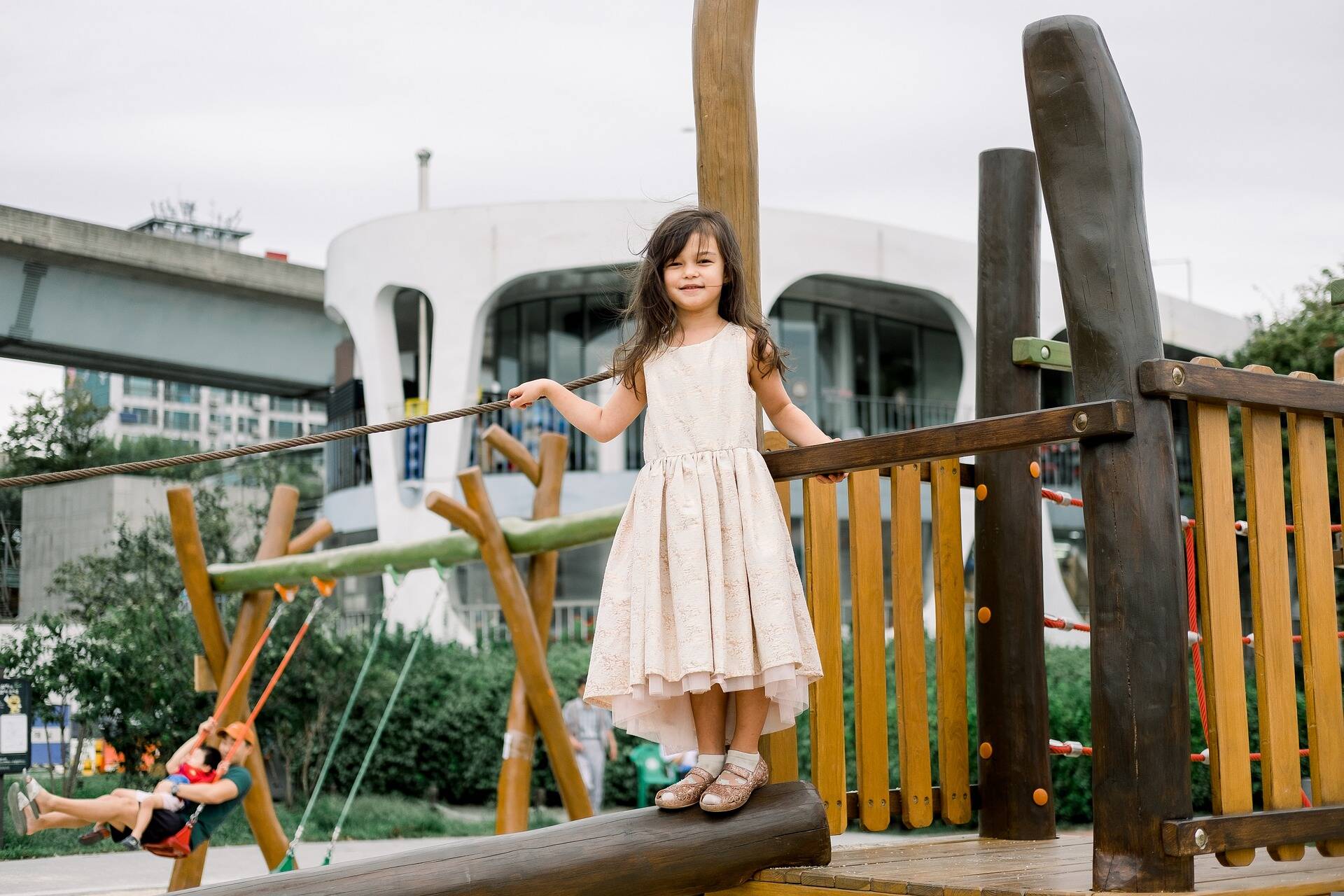
Kids have recess every day during the school year, so it is essential to ensure they are safe using a new playground. These places are fun but can also be dangerous. Teach your children how to play safely so they can avoid getting hurt. Here are some ways your little ones can stay safe at a new playground.
1. Supervise Them
Supervision is vital when kids are playing on a new playground. Children can be unpredictable, especially at a young age. An adult should supervise them at all times to ensure their safety. Kids can wander off to areas where others are playing and put themselves in danger.
Children often get hurt while playing and need someone to tend them as soon as injuries occur. Use the ABC supervision approach while watching kids play, which stands for antecedent, behavior and consequences. This can help you identify what happened before, during and after a playground incident.
2. Enforce Playground Etiquette
Teach kids about playground etiquette to ensure they know how to play nicely and avoid injuries as much as possible. They should share the spaces they are playing and help other children avoid getting hurt.
A playground is an excellent place for kids to engage with each other, make friends and learn to share. Ensure they know how to wait their turn, observe others and pay attention to their surroundings to avoid incidents.
3. Inspect the Playground
Trust your instincts to gauge if the playground is well taken care of. Check the temperature of equipment surfaces to ensure it isn’t too hot for your kids to play on. Steer clear of concrete and asphalt, especially during hot days. The lack of adequate shade can lead to severe burns on your child’s skin.
Falling on these surfaces can cause severe harm regardless of the weather. Check the surface material on the playground in case your kid falls, so you know what they will land on. Inspect equipment to ensure no loose screws or bolts are missing to ensure your child’s safety.
4. Determine Age Appropriateness
Ensure your child plays on equipment best suited for their age. Young children shouldn’t be playing on monkey bars unless they are tailored to a younger audience and have excellent surface materials underneath them for padding and protection.
Little ones want to mimic older kids when they use specific equipment, so supervision is vital to prevent injuries. You may need to remind them how to use items suited to their age range.
5. Dress Them Appropriately
Avoid drawstrings and other loose clothing that can get caught on equipment and harm your child. Have them remove accessories like scarves or long necklaces that can be dangerous while they play.
Anything with a string can cause injuries and can come from children’s clothing, jump ropes, lanyards and dog leashes. Ensure you dress your kids safely with no loose items that can get stuck in slides or playground equipment and cause strangulation.
6. Apply Sunscreen
Sunscreen is essential when kids play outdoors on playground equipment or otherwise. The sun’s harsh rays can damage your child’s skin. Ensure they apply sunscreen and remain hydrated when playing at a new playground.
If possible, limit playtime during peak exposure hours of the day between 10 a.m. and 2 p.m. Limit being out in the sun as much as possible and make sure they wear sunscreen even on cloudy days.
7. Use Equipment Properly
Teach kids how to use playground equipment properly to avoid injuries. Ensure they know how to slide feet first and that only one child can go down at a time. Don’t allow them to climb up the slide, as this can cause them to slip and fall.
Teach them how to use the swing properly and sit in the center and not stand or kneel on them. Twisting the chains on the swings or swinging sideways can harm other children nearby. They shouldn’t try to jump out of the swing or push other kids.
8. Avoid Tripping Hazards
Make sure kids keep their belongings at a safe distance from the equipment. Backpacks or purses can cause other kids to trip and fall. Prevent injuries by ensuring these personal items are in a safe place at least 6 feet away from where the children are playing.
Other tripping hazards could be equipment that doesn’t have adequate spacing between them or toys kids bring to play with on the playground, like frisbees, a basketball or other sports items.
9. Plan Ahead
Plan for your child to enjoy playing on a playground by learning about the signs and symptoms of potential injuries. Kids fall and get hurt no matter how safely they play — accidents happen.
Know how to watch for signs of a concussion and when to seek medical attention. Some common symptoms are confusion, memory loss, slow speech and blurred vision.
Keeping Your Kids Safe at a New Playground
Playgrounds are an excellent way to keep kids entertained and allow them to have fun. They also provide an opportunity to make new friends and get some exercise. Take the necessary steps to avoid injuries and let your children have a good time while staying safe.
See some more of my parenting posts here
